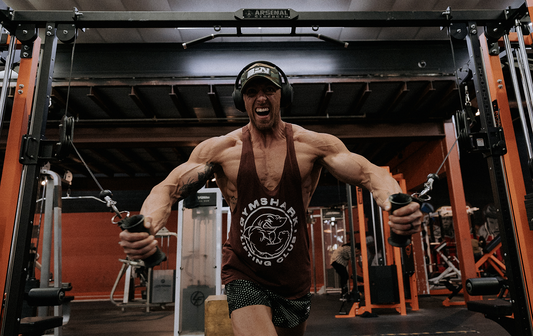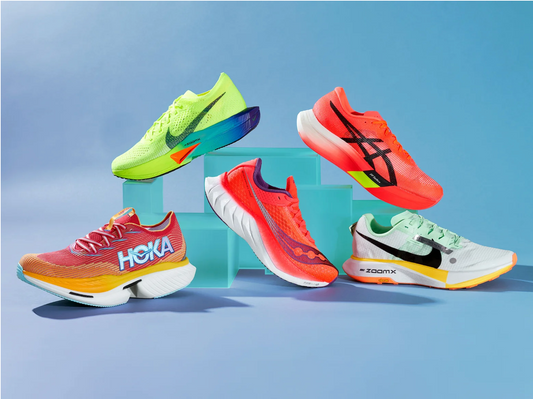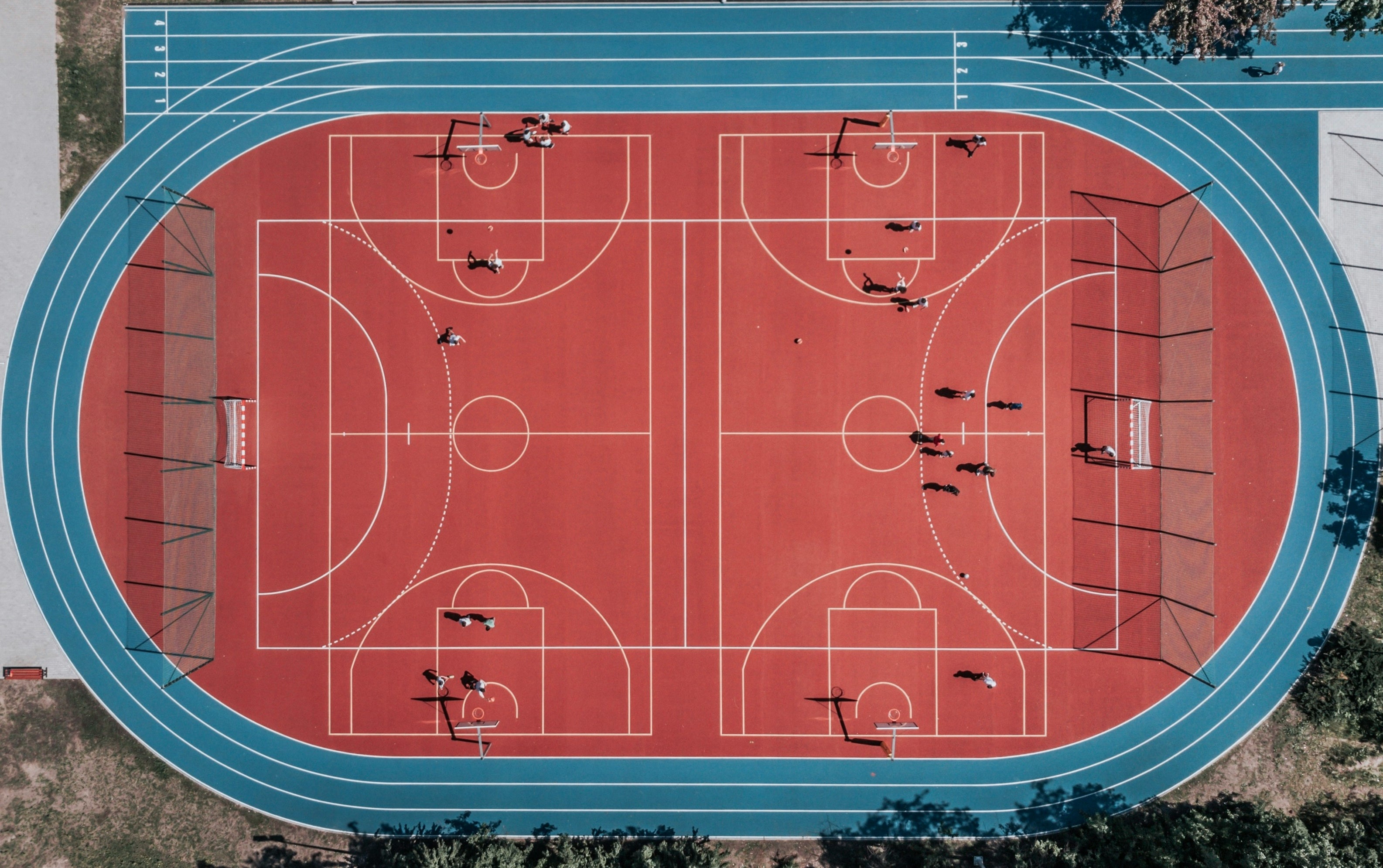Step into Comfort: Choosing the Right Running Shoes
Welcome to Your Ultimate Shoe Guide
Finding the perfect running shoes can feel like a quest for the Holy Grail. At Timeless Running Club, we understand that the right shoes are more than just a piece of gear—they’re your trusty companions, helping you conquer every mile with confidence and comfort. Today, we’re here to guide you through the maze of choices, so you can step into the perfect pair of running shoes with ease.
Why the Right Shoes Matter
Imagine running a marathon in flip-flops. Sounds like a nightmare, right? That’s because the right running shoes are crucial to your performance and injury prevention. The right pair can enhance your stride, reduce impact, and keep you running longer and stronger. On the flip side, the wrong shoes can lead to discomfort, blisters, and even injuries. So, let’s lace up and dive into the essentials of choosing the right running shoes.
Know Your Foot Type
Before you hit the store, it’s important to understand your foot type. There are three main types: neutral, overpronated, and underpronated (supinated). Knowing your foot type helps you select shoes that provide the right support and alignment.
- Neutral Feet: If you have a neutral arch, your feet naturally support your body weight. Look for shoes with balanced cushioning and support.
- Overpronation: If your feet roll inward excessively, you have overpronation. Stability or motion control shoes with firm midsoles can help correct this.
- Underpronation (Supination): If your feet roll outward, you have underpronation. Cushioned shoes with a soft midsole and flexibility can help absorb impact.
The Fit Factor
When it comes to running shoes, fit is everything. A well-fitting shoe can make the difference between a joyful run and a painful one. Here’s what to look for:
- Toe Room: Your toes should have enough room to wiggle. Aim for about a thumb’s width of space between your longest toe and the shoe’s end.
- Snug Fit: The shoe should fit snugly around your midfoot and heel without being too tight. Your heel should not slip while running.
- Width: Make sure the shoe’s width accommodates your foot without squeezing. Shoes that are too narrow can cause blisters and discomfort.
Cushioning and Support
Cushioning and support are crucial for comfort and injury prevention. Here’s a breakdown of what to look for:
- Cushioning: Look for shoes with adequate cushioning to absorb impact. The level of cushioning you need depends on your running style and the surfaces you run on. Road runners may prefer more cushioning, while trail runners might need less.
- Support: Choose shoes that provide the right level of support for your foot type. Stability shoes offer good support for overpronators, while neutral shoes are ideal for those with a neutral gait.
Consider Your Running Style
Your running style and the surfaces you run on also influence your shoe choice. Are you a road runner, a trailblazer, or a treadmill enthusiast? Each type of running requires different features in a shoe:
- Road Running: Look for lightweight, flexible shoes with good cushioning for running on hard surfaces like pavement.
- Trail Running: Opt for shoes with rugged outsoles, good traction, and extra protection to handle rough and uneven terrain.
- Treadmill Running: Choose shoes with moderate cushioning and a good fit, as the impact is less compared to road running.
Test Them Out
Never buy running shoes without trying them on first. Here are some tips for testing them out:
- Time of Day: Try on shoes in the afternoon or evening when your feet are slightly swollen, mimicking their size during a run.
- Socks: Wear the socks you plan to run in to ensure a proper fit.
- Test Run: Take the shoes for a short run or jog in the store to get a feel for their comfort and performance.
Replace Regularly
Even the best running shoes don’t last forever. Over time, they lose cushioning and support, increasing your risk of injury. As a general rule, replace your running shoes every 300-500 miles. Keep an eye on the wear and tear—if the soles are worn out or the cushioning feels flat, it’s time for a new pair.
Timeless Running Club: Your Shoe Experts
At Timeless Running Club, we’re passionate about helping you find the perfect running shoes. Our extensive product range includes top brands and the latest models, ensuring you have access to the best options available. Our knowledgeable staff is always ready to provide personalized advice, helping you make an informed decision.
Explore our website for detailed shoe reviews, buying guides, and expert tips. Whether you’re shopping online or visiting our store, we’re here to make your shoe-buying experience seamless and enjoyable.
Conclusion: Step into Your Best Run
Choosing the right running shoes is a game-changer. It’s the foundation of a great running experience, ensuring comfort, performance, and injury prevention. By understanding your foot type, getting the right fit, and considering your running style, you can find the perfect pair to support your journey.
So, why wait? Visit Timeless Running Club today and step into the perfect running shoes. Your best run is just a pair of shoes away.





